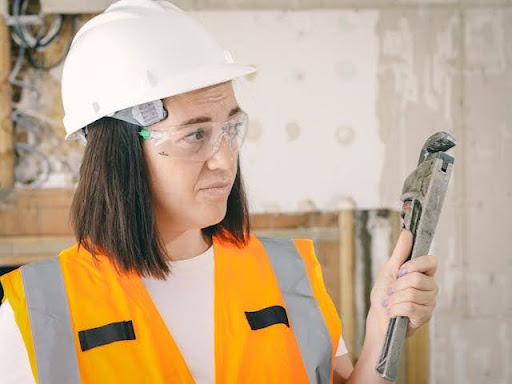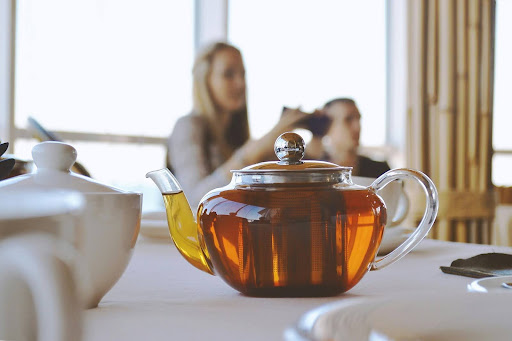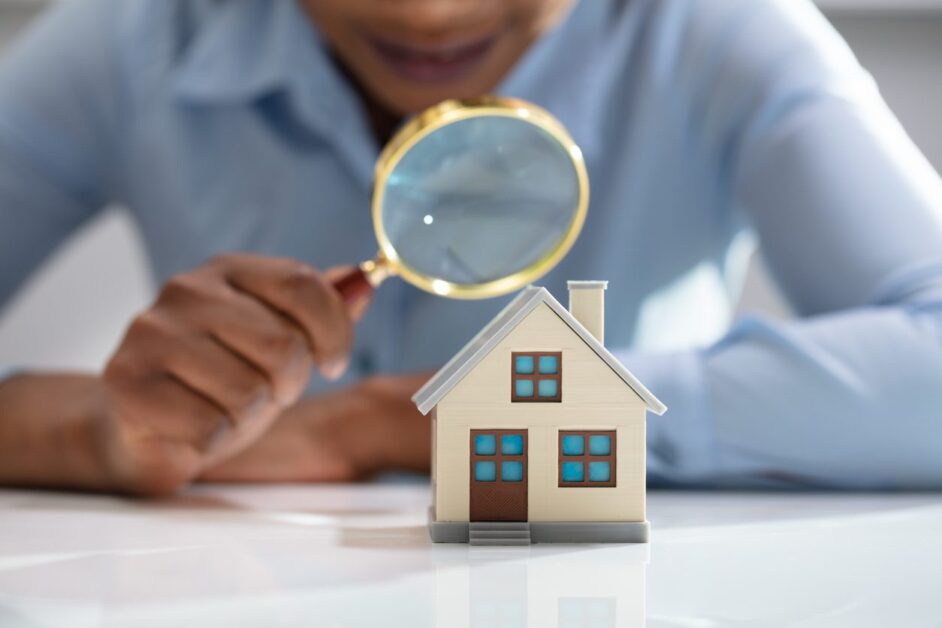Plumbing issues are among the most stressful and costly problems a homeowner can encounter. Whether it’s a dripping faucet, a clogged drain, or a burst pipe, these troubles can quickly escalate if ignored or improperly handled, notes OKC Homes 4 You, a leading property management Oklahoma City OK company.
To help you protect your home and peace of mind, here’s a comprehensive rundown of the most common home plumbing mistakes—and how you can avoid them.
1. Neglecting Regular Maintenance
One of the biggest blunders homeowners make is treating plumbing systems as “set and forget.” Pipes, fixtures, and water heaters all benefit from routine inspections:
- Check for leaks under sinks, around toilets, and near appliances.
- Inspect hoses on dishwashers and washing machines for bulging or cracks.
- Service your water heater annually to flush sediment and check pressure relief valves.
Preventive maintenance identifies small issues before they turn into expensive emergencies.
2. Ignoring Warning Signs
Strange noises, slow drains, and fluctuating water pressure may seem minor—but they’re often the first clues of more serious underlying problems:
- Gurgling or bubbling noises usually indicate blocked vents or trapped air in the lines.
- Slow drains can suggest partial blockages that may worsen.
- Water pressure changes might point to hidden leaks or sediment buildup.
Address these signs promptly, before they escalate into burst pipes, major clogs, or water damage.
3. Using Chemical Drain Cleaners Regularly
Store-bought pip-e cleaners may offer quick fixes, but they carry significant downsides:
- Harsh chemicals can corrode pipes over time, especially older metal ones.
- They often only soften clogs, not remove them entirely.
- If a blockage is too severe, you’ll still need a professional—and potentially face worsened damage.
Instead, use a plunger, a plumber’s snake, or eco-friendly enzyme-based cleaners. And if clogs persist, bring in a pro rather than risking damage.
4. DIY Repairs Beyond Your Skill Level
There’s nothing wrong with DIY enthusiasm—but water systems are delicate. Attempting major repairs without the right tools or experience can lead to:
- Improper seals, resulting in leaks.
- Incorrect pipe fittings, causing pressure issues or bursts.
- Voided warranties on fixtures or appliances.
Know your limits. Simple maintenance like tightening fittings is fine—but for complex work like relocating drains or repairing gas lines, call a professional.
5. Skipping Pipe Insulation
Cold winters can wreak havoc on exposed pipes, especially in unheated areas like basements, attics, or crawl spaces.
Without protection:
- Pipes can freeze and burst, causing flooding and costly repairs.
- Frozen pipes also lead to low or no water flow until they thaw—and sometimes not at all, if they crack.
Insulate vulnerable pipes using foam sleeves or wrap-around insulation. Leave faucets dripping lightly during extreme cold snaps to prevent freezing altogether.
6. Not Knowing the Main Water Shutoff Location
In a plumbing emergency—like a burst pipe or major leak—knowing where and how to shut off your water is critical:
- Locate the main shutoff valve (usually near the water meter or where the line enters your home).
- Label it clearly, and ensure everyone in the household can access and operate it.
Practicing a shutoff drill ensures you’re prepared and can minimize water damage quickly when seconds count.
7. Overlooking Toilet and Garbage Disposal Care
Toilets and disposals are common sources of clogs—often caused by what gets flushed or fed into them:
- Never flush feminine hygiene products, wipes, paper towels, or dental floss.
- In garbage disposals, avoid grease, fibrous vegetable scraps (like celery), or coffee grounds. These substances can jam blades or clog drains.
- Run cold water while using the disposal and for a few seconds afterward to flush materials through.
Teach everyone in the house proper usage to prevent future problems.
8. Incorrect Water Heater Temperature Settings
Setting your water heater too high can lead to:
- Scalding risks—especially hazardous for children or older adults.
- Increased energy consumption and higher bills.
- Stress on the system, potentially shortening its lifespan.
A safe and efficient setting is around 120°F (49°C). This strikes a balance between sufficient hot water and safety.
9. Using the Wrong Fittings or Materials
Mixing incompatible materials—like copper and aluminum—or using incorrect-sized fittings is a recipe for trouble:
- Galvanic corrosion can occur when dissimilar metals are joined, causing early pipe failure.
- Thread seal tape or compound used improperly may cause leaks.
Always use materials matching local plumbing codes and standards. If uncertain, consult documentation or a licensed plumber to ensure proper compatibility.
10. Allowing Mineral Build-Up in Hard Water Areas
Hard water leaves deposits in appliances and fixtures:
- Mineral scaling can reduce flow, damage water heaters, and clog valves.
- Faucet aerators and showerheads may clog, lowering pressure and spray quality.
Periodically clean components by soaking them in vinegar or a scale-removal solution. In areas with very hard water, installing a water softener or filter could save your plumbing system—and wallet—long term.
11. Forgetting About Outdoor Plumbing
Outdoor hose bibs, irrigation systems, and pools also need care:
- Shut off and drain outdoor spigots and sprinkler systems before winter to prevent freezing.
- Check hoses for damage and replace them annually.
- Inspect irrigation systems for leaks or misaligned heads hitting hardscapes (which wastes water and may cause damage).
Neglecting these can lead to costly winter damage or water waste during peak months.
12. Not Scheduling Annual Professional Inspections
Even with diligent DIY upkeep, professional help is invaluable:
- A licensed plumber can perform a camera inspection of sewer lines, uncovering hidden cracks or root intrusions.
- They can check pressure zones, backflow prevention devices, and compliance with local codes.
- Early detection of minor faults can save thousands in repair costs and prevent potential hazards like flooding or contamination.
It’s a wise investment in your home’s long-term safety and efficiency.
In Summary
Avoiding these common plumbing mistakes can save you time, money, and stress. Here’s a condensed checklist for clarity:
| Mistake | Solution |
| Skipping maintenance | Schedule regular checks and flushing |
| Ignoring signs | Address noises, slow drains, pressure changes |
| Using harsh chemicals | Opt for plungers, snakes, or eco-cleaners |
| Over-DIY | Know when to call a professional |
| Uninsulated pipes | Insulate and drip faucets in freezing weather |
| Not finding main shutoff | Label and practice shut-off drills |
| Misusing toilets/disposals | Use proper disposal and avoid flushing trash |
| High water temps | Set heater to ~120 °F for safety and efficiency |
| Wrong fittings | Use code-compliant, compatible materials |
| Hard water scale | Clean fixtures and consider softening systems |
| Ignoring outdoor plumbing | Winterize and inspect regularly |
| Skipping inspections | Have pros evaluate your system annually |
One reliable resource for finding experienced professionals is
https://www.thegreatplumbingco.com/markham-plumber/.
Taking proactive, informed steps keeps your home functioning smoothly—and helps you avoid plumbing nightmares before they happen. If you’d like guidance on routine maintenance schedules or finding a reputable local plumber, I’d be happy to help!









